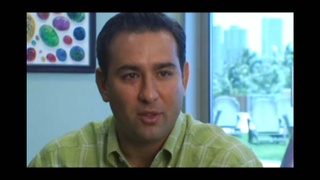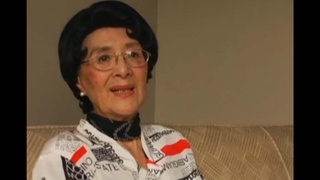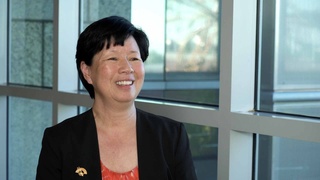Interviews
Mother founded Japanese language school in neighbors’ backyard
I went to Japanese language school. My mother actually founded the Japanese language school. In our neighborhood, since we were the only family initially — our neighbors were Dutch. And they had a back guest house type of area, where the Buddhist reverend came all the way out to where we lived in the suburbs, and there were three of us in the Japanese language class: my sister, myself, and I can’t remember who the third person was.
Eventually my mother went to a different Buddhist church where she knew people, and she knew the bishop, and they were willing to come out to try to start a Japanese language school. So we were in a nursery area, and then people were from outlying areas coming into it, and they eventually were able to raise funds and build an actual building where the Japanese language school still remains. And when I had children later in life, my sons did go to that Japanese language school briefly.
Date: July 27, 2018
Location: California, US
Interviewer: Kiya Matsuno
Contributed by: Watase Media Arts Center, Japanese American National Museum; Japanese American Bar Association
Explore More Videos


Working tirelessly after the war (Japanese)
(1928 - 2008) Drafted into both the Japanese Imperial Army and the U.S. Army.


A Lifestyle Using Both Japanese and Spanish (Japanese)
(b. 1929) President of Amano Museum


Feeling prejudice while looking for jobs
(1919 - 2015) Nisei who served in World War II with the 442nd Regimental Combat Team

Invited to teach at Harvard by his boss
(1919 - 2015) Nisei who served in World War II with the 442nd Regimental Combat Team

Working together in Okinawa using three languages
Okinawan American whose parents are from Peru.

Her brother’s reasons as a No-No Boy
(b. 1923) Japanese American poet, activist

Her grandfather was pressured to teach Japanese
Sansei judge on the Superior Court of Los Angeles County in California
